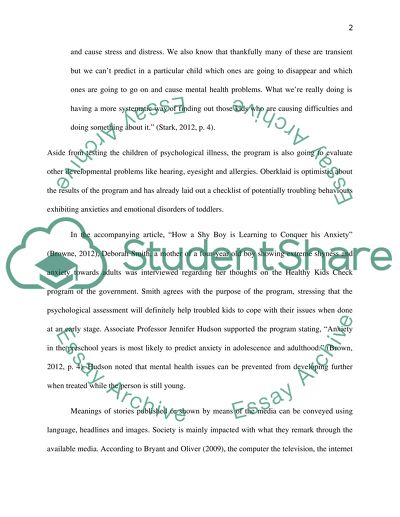Cite this document
(“The Sociological Concepts of Health Issues in Media Essay”, n.d.)
Retrieved from https://studentshare.org/sociology/1457017-essay-on-newspaper-article
Retrieved from https://studentshare.org/sociology/1457017-essay-on-newspaper-article
(The Sociological Concepts of Health Issues in Media Essay)
https://studentshare.org/sociology/1457017-essay-on-newspaper-article.
https://studentshare.org/sociology/1457017-essay-on-newspaper-article.
“The Sociological Concepts of Health Issues in Media Essay”, n.d. https://studentshare.org/sociology/1457017-essay-on-newspaper-article.


